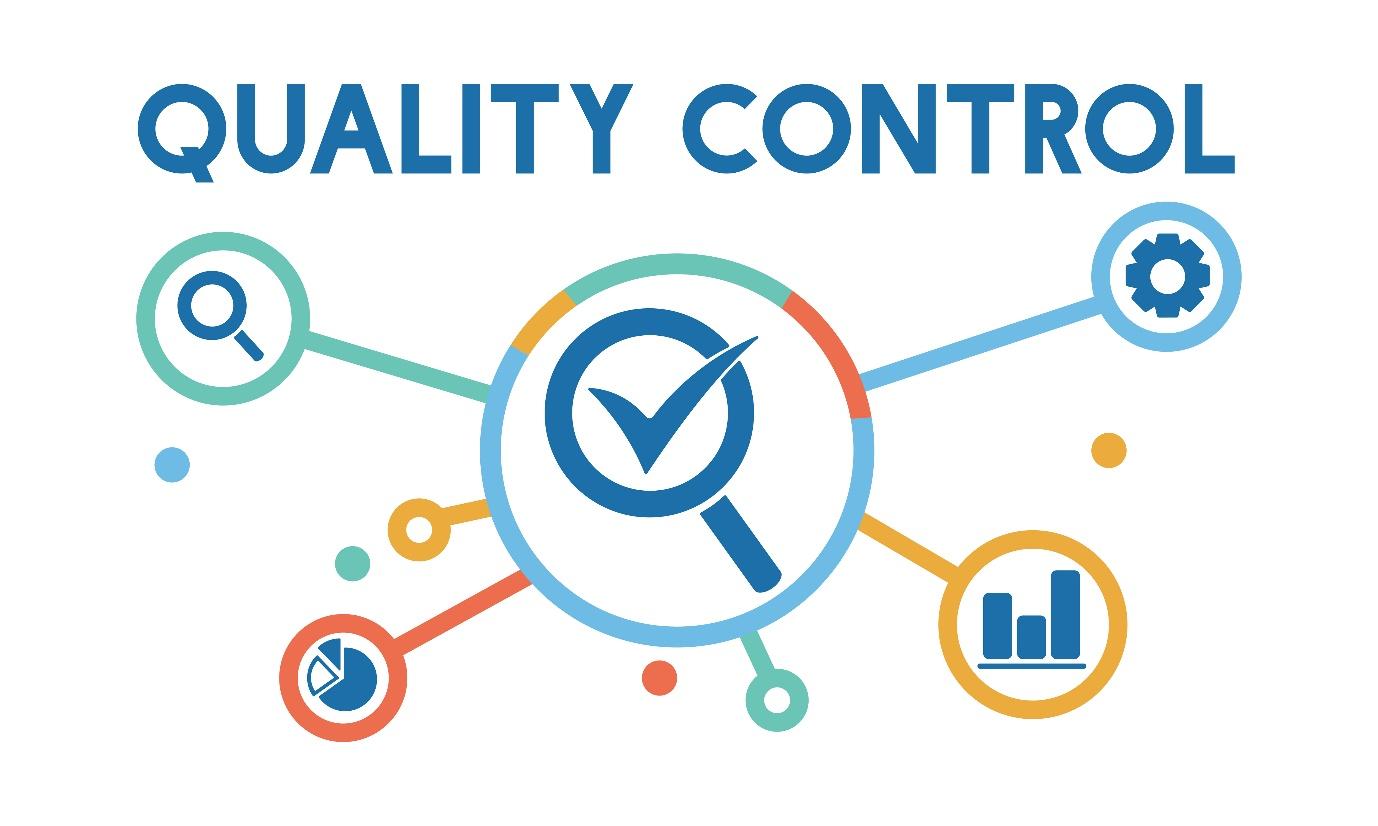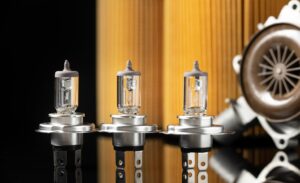
Traditionally, quality control has relied on humans inspecting products by hand. This approach imposes high labor costs, poor ergonomics and often unforgiving quotas.
Machine vision can help solve these issues by automating visual inspections. Constantly improving camera technology enables systems to work with exceptional precision and provide flexibility. Here are a few benefits to using machine vision integration for quality control: 1. Reduced defects.
Cost-Effectiveness
Insufficient quality control can result in poor products, unhappy customers and lost revenue for manufacturers. However, many companies only inspect their products at the end of the manufacturing process, which is not cost-effective.
Instead, machine vision systems can be used throughout production, identifying defective products before they leave the facility. This reduces product waste and prevents events from damaging the company’s reputation.
Moreover, machine vision integration systems are more efficient and cost-effective than human inspectors. They can work faster, more consistently, and operate longer than a human inspection team. They can also help reduce defects, increase yield and track parts and products while facilitating compliance with government regulations.
To perform their functions, machine vision systems require three key components: lighting, sensor and computer software. Like deep learning, image processing algorithms and artificial intelligence technologies bolster these systems further to ensure high accuracy. This enables them to automate and revolutionize the world of industrial automation and quality control.
Accuracy
Many industrial processes rely on machine vision to detect defects and misalignment on an assembly line. This can help reduce product recalls, which cost manufacturers money and damage brand image.
A machine vision system uses a camera to observe a production line in real-time. Then, system software analyzes the digital images and determines whether the products meet quality standards, ejects those that don’t and guides factory robots in their operations.
The digital images the machine vision cameras produce contain a wealth of information, including color and shape, surface texture and dimensions and code bar readings. However, the ability of a camera to detect these features and more depends on its resolution and sensitivity. The higher the resolution, the more details can be observed. The lower the sensitivity, the more sensitive the camera is to small changes in the output image. The optimal resolution and sensitivity for a particular application are determined by analyzing the product types, the manufacturing process and other factors.
Flexibility
Machine vision systems use various advanced technologies to inspect and identify issues effectively. They combine image processing algorithms with artificial intelligence (AI) and its subsets, deep learning, to process visual data and interpret results.
These advanced systems can recognize anomalies between “clearly good” and “clearly unacceptable.” They use various techniques, including pattern recognition, feature extraction, and classification.
The flexibility of these vision inspection systems means they can adapt to your unique production environment. They work in conjunction with your system controls to provide the information that is needed to make decisions. This reduces the need for manual interaction, which in turn increases throughput. It also helps to prevent human error, leading to costly product recalls and lost customer loyalty. As a result, this type of quality control is highly valuable for your business. It can boost your profits, save money on labor and materials, and minimize demand for natural resources.
Efficiency
Identifying a flaw in production, such as blemished printing or missing letters in packaging, can help eliminate waste and reduce the demand for resources. In addition, machine vision allows manufacturers to reduce the number of defective products. This saves the cost of recalling and replacing the mislabeled product and damaging a brand’s reputation.
Another important efficiency factor is that machines don’t get tired or need to go on vacation, which makes them more thorough than a human inspection team. Furthermore, they can operate at high speeds.
A machine vision system can also detect environmental factors, such as lighting, that may impact an inspection. This allows them to be used in places where it would be difficult for humans to work, such as an open-pit mine or a food processing plant. Machine vision can provide data that identifies trends in parts and products that don’t meet quality standards, leading to process changes.





